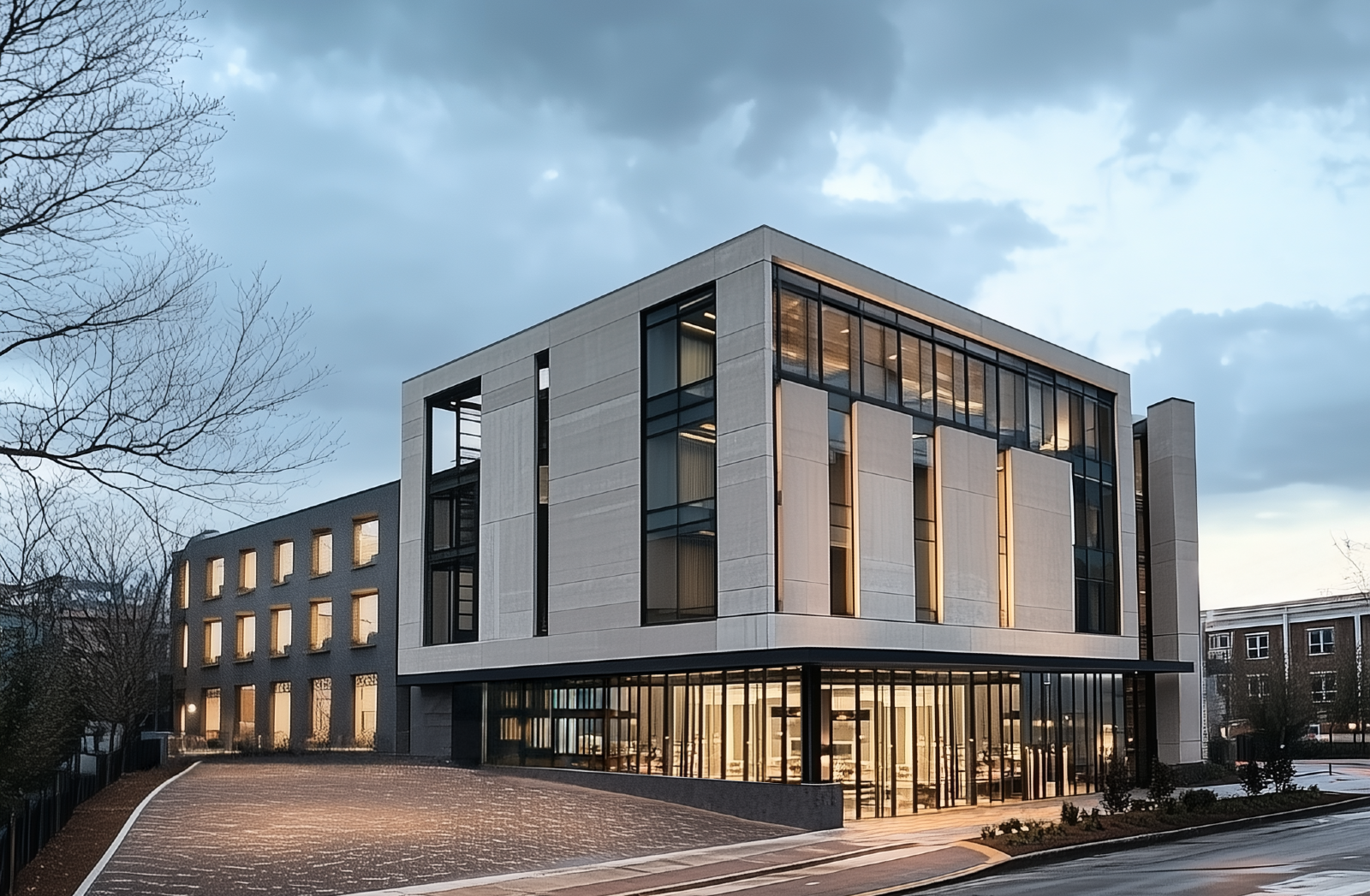Policy
From 16 to 52: AI And Atlanta Zoning Power A Micro-Moment
Stryant leverages commercial zoning to build affordable micro-apartments in Atlanta, showing how builders can unlock missing-middle solutions. With AI-powered design and by-right zoning, a 52-unit project delivers attainable rentals.

The City of Atlanta, like many cities nationwide, is facing challenges with housing affordability.
Atlanta is in a multi-year effort to modernize its zoning code, which local urban planners had hoped would incorporate "missing middle" housing.
Instead, they complain the rewrite doesn't adequately forge a moderate-density path, even as other states and cities have progressed in pioneering such changes.
However, moderate-density housing can be built in Atlanta, depending on the location and the type of building.
For Stryant, an Atlanta homebuilder and remodeling firm, the opportunity was hidden-in-plain-sight in a commercial area of a historic streetcar suburb where affordable multifamily housing could be built by-right with no parking minimums.
The firm plans a mixed-use building with restaurant and office space that will include 52 affordable micro-apartments, each about 340 square feet, in the Kirkwood neighborhood, six miles east of downtown Atlanta.
Using artificial intelligence, it took just six weeks to prepare plans for submission to the city, says Stan Sugarman, co-founder of Stryant.
Navigating Zoning
The model for affordable microunits is permitted by right in the zoning for most commercial zones in Atlanta, and, for some zoning types, there are buildable area bonuses if you hit certain [area median income] targets," says Patrick Chopson, co-founder of architecture firm Cove, which designed the project.
Over the past several years, Atlanta, like many cities, has been reducing parking minimums to help lower construction costs and make housing more affordable in more of Atlanta's precincts.
The parking is what makes housing unaffordable," Chopson says, adding that it costs $30,000 per space in Atlanta to build new ground-up residential projects.
Cove used its tool, Vitras.ai, to analyze all angles and ensure the project conformed to by-right zoning parameters, thereby avoiding the need for variances, which lowers risk and cost.
The project will also have a solar-shaded rooftop, which Chopson says will help tenants save money on power bills.
We were able to get a unit boost because of how we were able to design," Sugarman says.
That "boost" more than tripled the number of residential units, from a planned 16 to 52.
Workforce Housing
Stryant's project is mission-oriented, providing quality, entry-level rental housing. Sugarman says the target renter earns up to 150% of the area median income and wants to live in an urban, bikeable neighborhood they couldn't otherwise afford.
In the Atlanta metropolitan area, the U.S. Department of Housing and Urban Development's area median income for a single person is $80,000. That puts 150% of AMI at $120,000.
In Atlanta, homebuilders are constructing housing for those at 250% of the Area Median Income," Sugarman says. "The traditional filtering process, where older housing stock provides affordable starter homes, has gone in reverse. You've got this weird housing market where even the crappiest stuff has the fastest price increases."
He adds that the Great Financial Crisis exacerbated the housing shortage, and Atlanta began to feel the effects in 2015 and 2016. The COVID-19 pandemic and historically low mortgage rates then sent home values and prices soaring.
For perspective, he notes that after graduating from Emory University in 1994, he could find a starter apartment in an older, more affordable building in a desirable neighborhood.
That opportunity no longer exists for recent graduates earning between 80% and 100% of the AMI," Sugarman says.
Most of the small rental buildings Stryant has built fall within that AMI range, and the firm has collaborated with the city's efforts to increase the availability of affordable housing. Three years ago, Mayor Andre Dickens set a goal of creating or preserving 20,000 affordable housing units by 2030.
Chopson notes that micro-unit-style housing was once a relatively common option in communities across the nation.
We regulated it out of existence," he says.
MORE IN Policy
Homebuilders Urged To Invest In Frontline Jobsite Workers Now
As homebuilding slows, workforce investment becomes the make-or-break factor for long-term capacity. Building Talent Foundation CEO Branka Minic warns that cutting training and career-path spending now will deepen the industry’s structural labor crisis for years to come.
NYC Voters Back Affordability — Now Comes The Hard Part
New Yorkers have voted for change. Four sweeping housing charter amendments promise faster reviews, digital mapping, and more affordability—but the real battle begins as City Hall, the Council, and Albany clash over control.
Connecticut Lawmakers Reboot Bid To Hurdle Blocks To Building
After a vetoed bill derailed housing reform this summer, Connecticut lawmakers are back with a compromise. Their second attempt could test whether state leaders can balance affordability goals with local control—and finally get a deal done.
